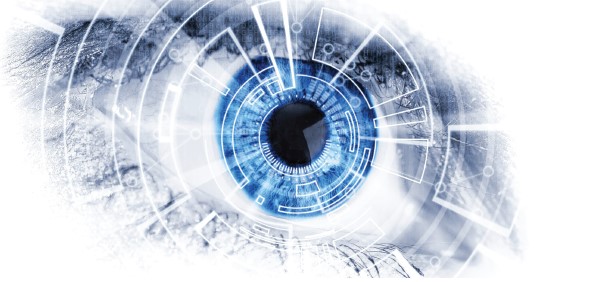Nowadays, factories and production centers around the world have to resort to automation, machine learning, social networks and other AI (Artificial Intelligence) applications in order to meet the increasing demands effectively and competitively.
The applications of artificial intelligence shows its power in industrial sense. Let’s take a look at a few of the industrial applications of artificial intelligence.
Adaptive Manufacturing
With the industrial revolution, the factories started to produce in a fast and cheap way. However, these machines are optimized to produce only a few products according to the requirements of each factory.
Therefore, redesign of production for new products in traditional industrial automation is a long, troublesome and costly process. Robots are often used for basic automatic systems, especially in high- tech production quarries.
Conventionally, these robots are perfect for reproducible operations, but need to be reprogrammed for the slightest variety of operations. But thanks to the applications of Artificial Intelligence, robots have begun to reach a level in which the system can measure and adapt the process in real time.
In this way, new generation artificial intelligence robots will be able to adapt to changes in the logic of production after a short training like a human being.
Predictive Care
The purpose of predictive maintenance is to first estimate when the equipment failure can occur and to prevent the occurrence of the malfunction by performing maintenance prior to. Estimating the future malfunction ensures that maintenance is planned before the malfunction occurs.
Ideally, predictive maintenance ensures that the frequency of care is as low as possible without the costs associated with doing too much planned and repeated maintenance. Estimated maintenance uses status monitoring equipment to evaluate the performance of an asset in real time.
A key element in this process is the Internet of Things (IoT). IoT allows different entities and systems to connect, collaborate, share, analyze, and process data. The IoT relies on predictive maintenance sensors to capture information, understand it, and identify areas that need attention.
Some examples of using predictive maintenance and predictive maintenance sensors include vibration analysis, oil analysis, thermal imaging and equipment monitoring. Maintenance is performed only when necessary, that is, just before the fault occurs and only on the machines required.
Predictive maintenance provides very important advantages, such as minimizing the time the equipment is kept in service, minimizing the production hours lost due to maintenance, and reducing the cost of spare parts and consumables.
AI-led cognitive automation solutions (Intelligent Automation) combine the best automation approaches with AI and deliver superior results.
Today, organizations have a huge amount of data processing that allows for better machine learning algorithms and better runtime decisions. For example, during a software update, machine learning algorithms can pass code to detect significant changes in functionality and link them to requirements to identify test cases.
This helps to optimize the test and prevents decisions that can lead to failure. The future lies in solutions that will use the basics of deep learning to create a true autonomous approach to testing.
Autonomous technologies, such as self-driving cars, will begin to create their own scenarios to learn and test the system autonomously.

Automatic Quality Control
In a control system developed, a special light wall reflects a zebra pattern to the object to be examined. A camera captures black and white eaves which are reflected on the surface of the car or the plane. Images are analyzed by software to identify and classify errors in terms of 12 mathematical parameters.
In addition to being more efficient than visual inspection, the math-based technology used by this system is also an improvement in traditional automatic control models.
Conventional control systems receive data from CAD (computer-aided design) files and vehicle geometry as well as other information, so that they can detect errors by comparing them.
The system also saves a lot of time in preparation. In traditional applications, inspecting the product with an ideal standard takes a long time to prepare a review template that looks for errors. But with the new generation pre-prepared mathematical model, this process is completed in a significantly shorter time.
Resources
• Artificial Intelligence: How Advance Machine Learning Will Shape The Future Of Our World, Christina Ahmet. ScreenMagic Publishing via PublishDrive, Nov 20, 2018.
• Artificial Intelligence: A Systems Approach: A Systems Approach, M. Tim Jones. Jones & Bartlett Learning, Jun 16, 2015
• https://avr-aerospace.com/what-is-adaptive-manufacturing-exactly/
• https://www.fiixsoftware.com/maintenance-strategies/predictive-maintenance/
• http://pesquisaparainovacao.fapesp.br/the_automotive_industry_uses_artificial_intelligence_in_vehicle_inspection/865

